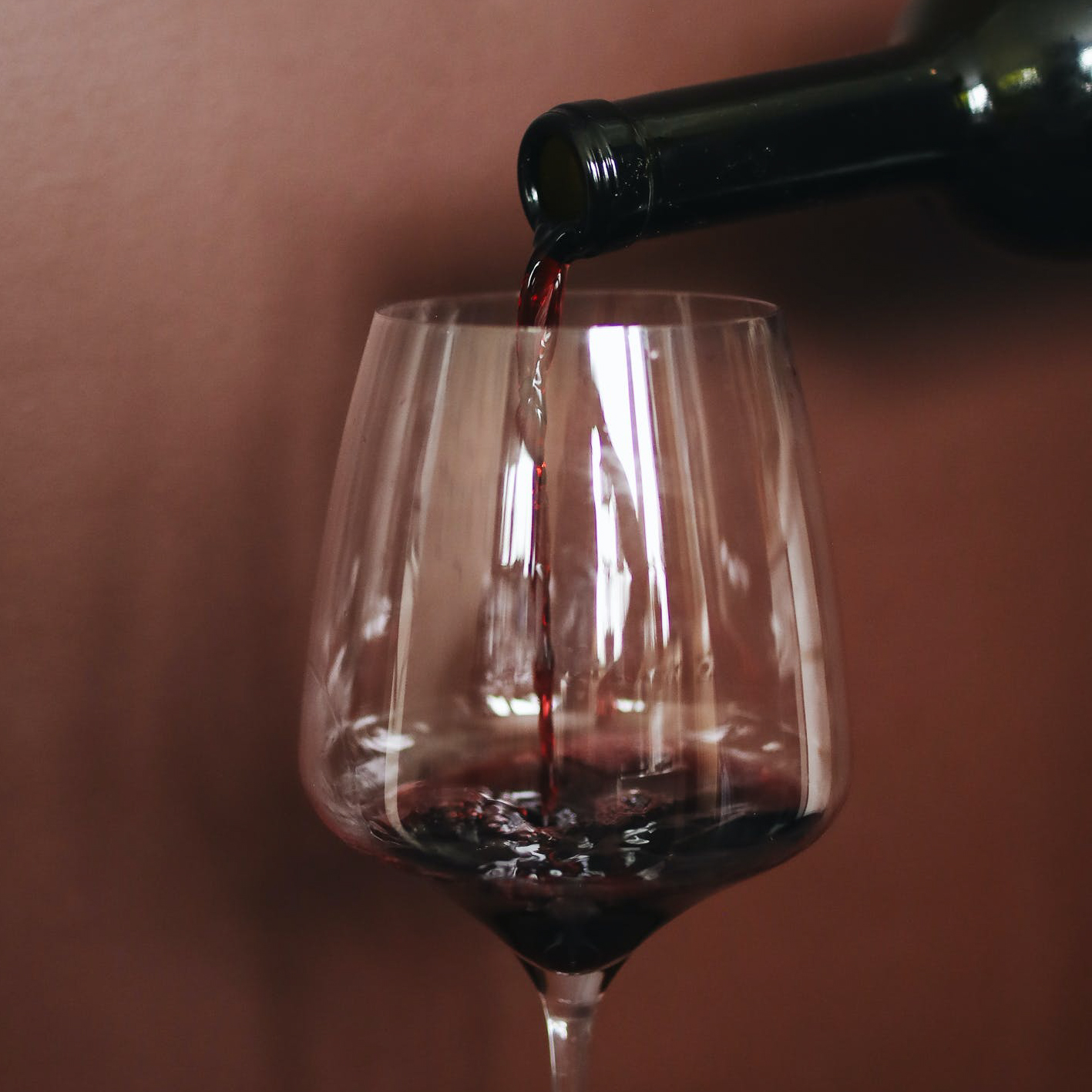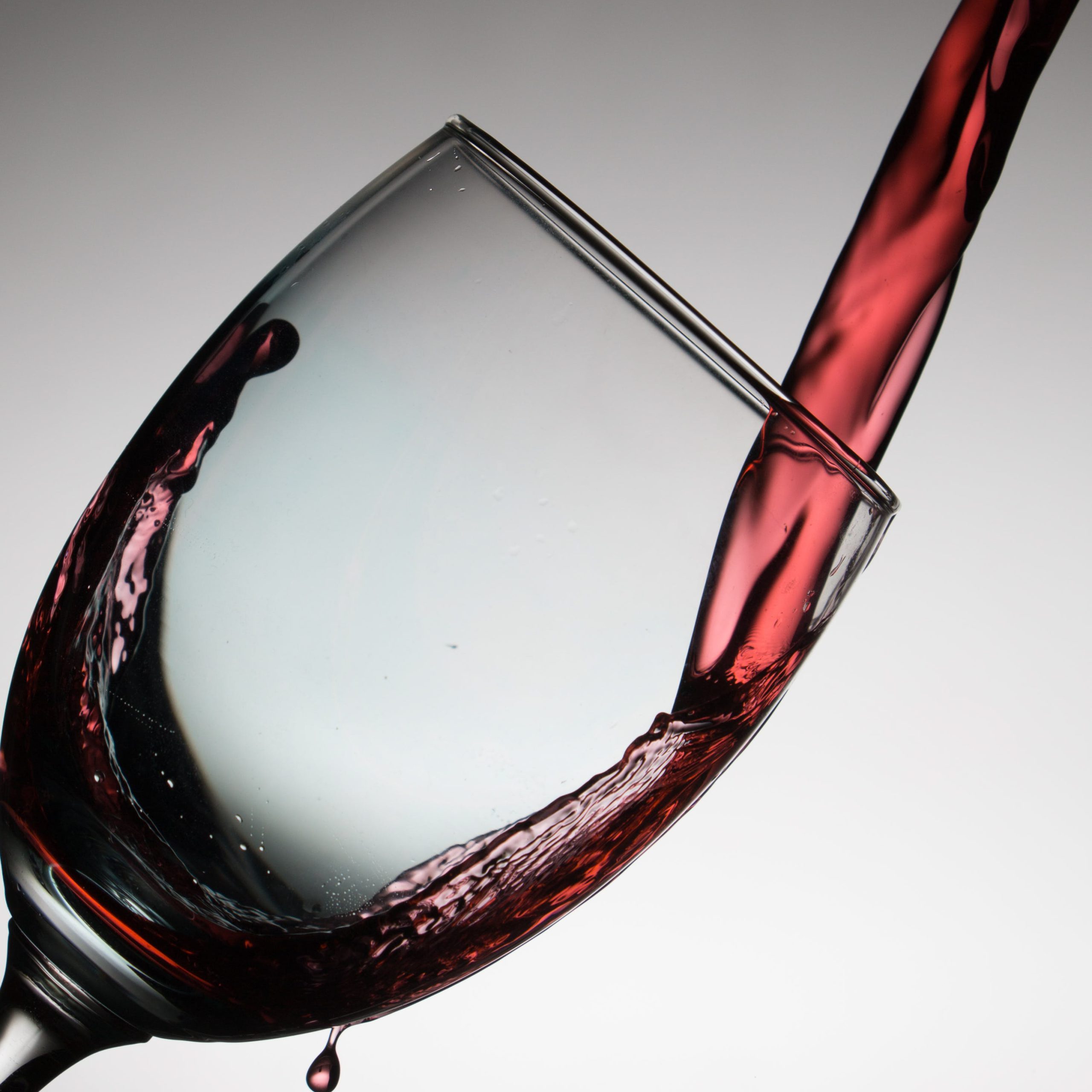Wine dregs, often also declined in the plural, carries with it a derogatory, inconvenient and undesirable meaning. In reality, wine dregs are part of a fundamental step in obtaining wine, a beverage loved by so many of us. In this article we will go into detail about what it is, its importance for wine and how it is processed..
THE SIGNIFICANCE OF LEES IN WINE
As defined by the Zingarelli dictionary, wine lees is the ‘slime deposit formed in wine vessels by sedimentation of the vintage wines’. Thus, lees are the organic residue formed by parts of the grape such as seeds, skins, microbial cells, yeasts and others during the winemaking process.
Most lees emerge after alcoholic fermentation, settling at the bottom of wine vessels such as stainless steel tanks.
TYPES OF WINE LEES
Lees can be classified according to their size or the stage of winemaking from which they emerge.
- Coarse lees: consisting of skin and seeds and other impurities that are already evident during fermentation. Below is an illustrative photo of its appearance:

- Fine lees: in these cases, the lees are normally formed by the wine’s spent yeasts, following fermentation, when the coarse lees are separated from the wine.
It must also be considered that in white wines, lees are separated before fermentation, in the clarification. For this reason, they are called clarification lees. In the case of lees from red wines, on the other hand, they are called racking lees..
Lees must always be removed?
As we have seen above, the shortest answer is yes. However, over the last few years, a different technique originated in France is also increasingly finding its way into our cellars: maturation sur lies, or literally ‘on the lees’.
This very particular technique is usually used to give more fat and complexity to whites. It can be done inside barrels or even inside the bottle, as is the case with Champagne.
However, in most cases, the lees are completely separated from the wine in the winemaking process. This is because the contact of the lees with the alcoholic part of the wine triggers cell lysis, potentially releasing unpleasant odours that cannot be eliminated later.
HOW TO REMOVE LEES FROM WINE?
Now that we have seen what lees are and their types, let us find out how this residue can be removed from wine. The wine industry supports wineries with different solutions for the separation of wine lees, in what is to all intents and purposes a true filtering of the beverage.
Let us look at the main categories of filters for wine lees separation.







